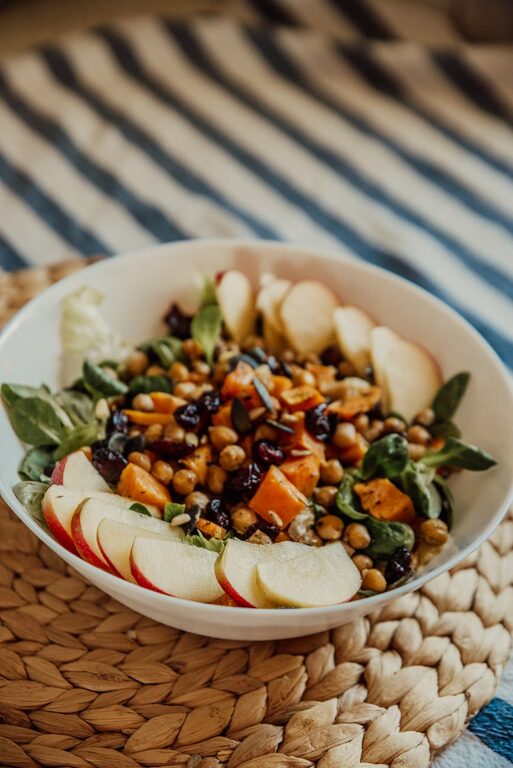How to Plan Balanced Meals Without Stress: A Simple Guide

Planning balanced meals can sometimes feel overwhelming, especially with busy schedules and countless food choices. However, with a little organization and a few simple strategies, you can create nutritious, satisfying meals without the stress. This guide will walk you through practical steps to make meal planning easy and enjoyable.
Why Balanced Meals Matter
Balanced meals provide your body with essential nutrients needed for energy, growth, and overall well-being. A well-rounded plate typically includes a good mix of:
– Proteins (chicken, beans, tofu)
– Carbohydrates (whole grains, starchy vegetables)
– Healthy fats (avocado, nuts, olive oil)
– Fruits and vegetables (fresh or frozen)
Eating balanced meals regularly supports better digestion, stable energy levels, and long-term health.
Step 1: Understand Your Nutritional Needs
Everyone’s needs are different based on age, activity level, and lifestyle. As a general rule:
– Include a source of protein in every meal.
– Aim for at least half your plate to be fruits and vegetables.
– Choose whole grains over refined grains for sustained energy.
– Incorporate healthy fats in moderation.
You don’t need to count every calorie or nutrient—focusing on variety and portion balance often works well.
Step 2: Create a Weekly Meal Plan
Having a meal plan reduces last-minute decisions and food waste. Here’s how to get started:
Choose Your Meals
– Pick 3-5 dinner ideas that appeal to you.
– Plan simple breakfasts like oatmeal, yogurt with fruit, or eggs and toast.
– Think about lunch options you can prepare ahead or use leftovers.
Make a Grocery List
– Write down ingredients needed for each meal.
– Check your pantry and fridge first to avoid duplicates.
– Stick to your list to save time and money.
Consider Batch Cooking
Cooking larger portions of certain meals allows you to store extras for busy days. Soups, casseroles, and roasted vegetables keep well.
Step 3: Keep Things Simple and Flexible
Meal planning doesn’t have to be complicated. Here are some tips to keep stress at bay:
– Use versatile ingredients: For example, grilled chicken can be used in salads, wraps, or with rice.
– Prep ahead: Chop veggies or cook grains in advance.
– Allow swaps: If you’re missing an ingredient or crave something different, don’t hesitate to adjust.
– Keep quick options on hand: Frozen vegetables, canned beans, and pre-washed greens are great helpers.
Step 4: Balance Your Plate Easily
Using the “plate method” can guide portion sizes and balance without stress:
– Half the plate: vegetables and fruits
– One quarter: lean protein
– One quarter: whole grains or starchy vegetables
Adding a small serving of healthy fats is perfect, like a drizzle of olive oil or a handful of nuts.
Step 5: Make It Enjoyable
Meal planning should not feel like a chore. Try these ideas:
– Experiment with new recipes or flavors to keep meals interesting.
– Involve family members in choosing meals or prepping.
– Set aside a relaxed time during the week to plan and shop.
– Celebrate your successes and progress!
Tools to Help You Plan
– Meal planning apps: Many apps offer templates and grocery lists.
– Reusable planners: A whiteboard or notebook can keep weekly meal ideas visible.
– Online recipes: Bookmark reliable sites with meals that fit your preferences.
Final Thoughts
Planning balanced meals without stress is about simplicity, preparation, and flexibility. With these steps, you can nourish yourself and your family while enjoying the process. Start small, build routines, and savor the benefits of stress-free, healthy eating!
—
Feel free to share your meal planning tips or favorite easy recipes in the comments below!
